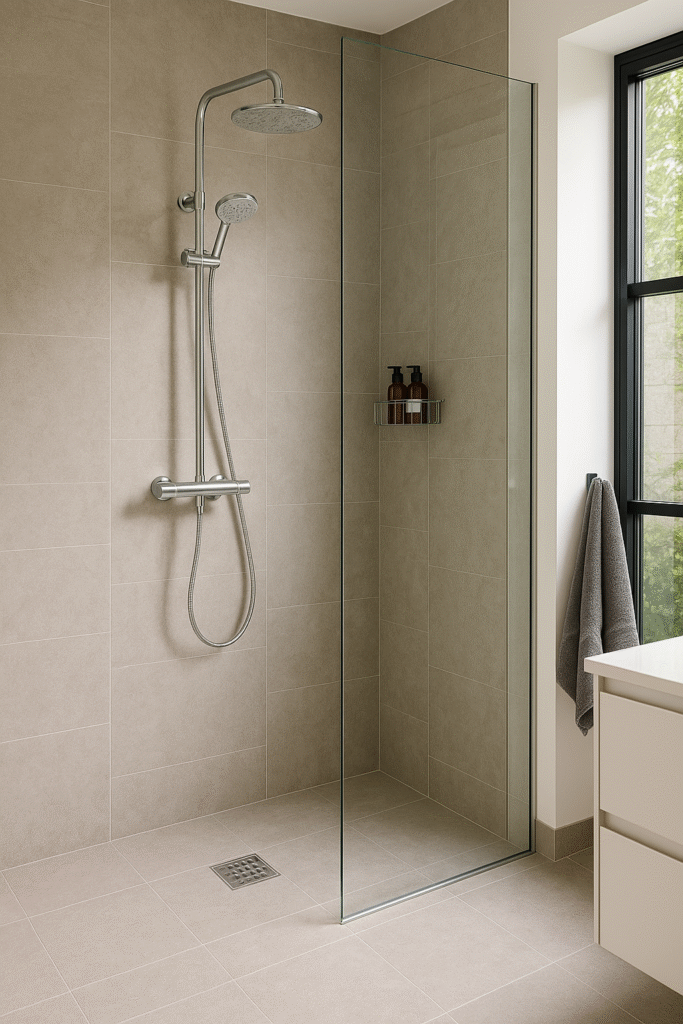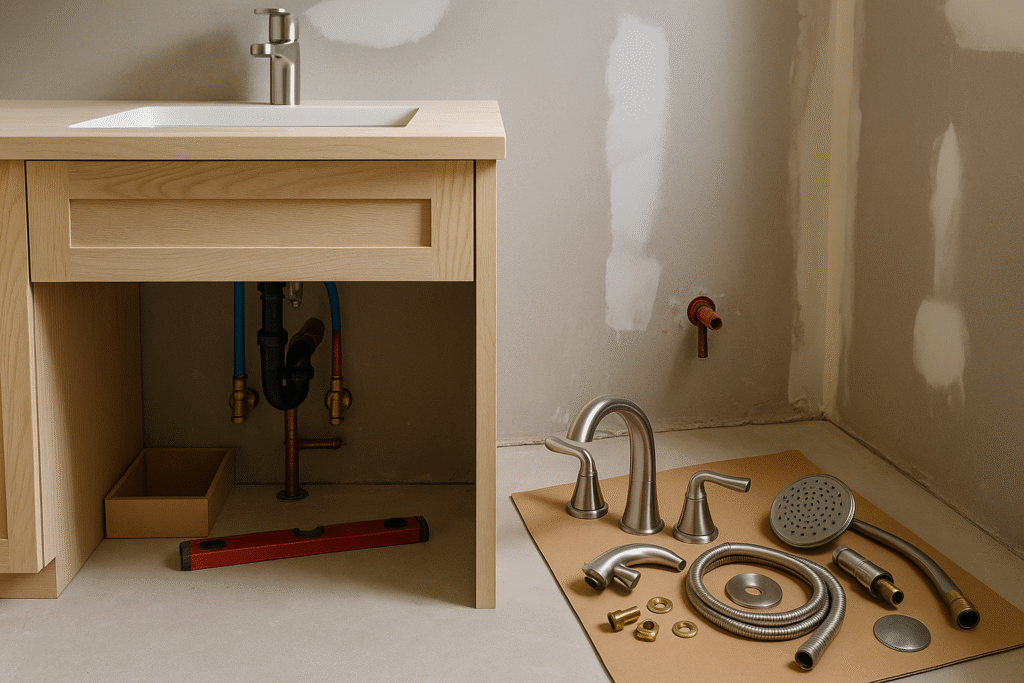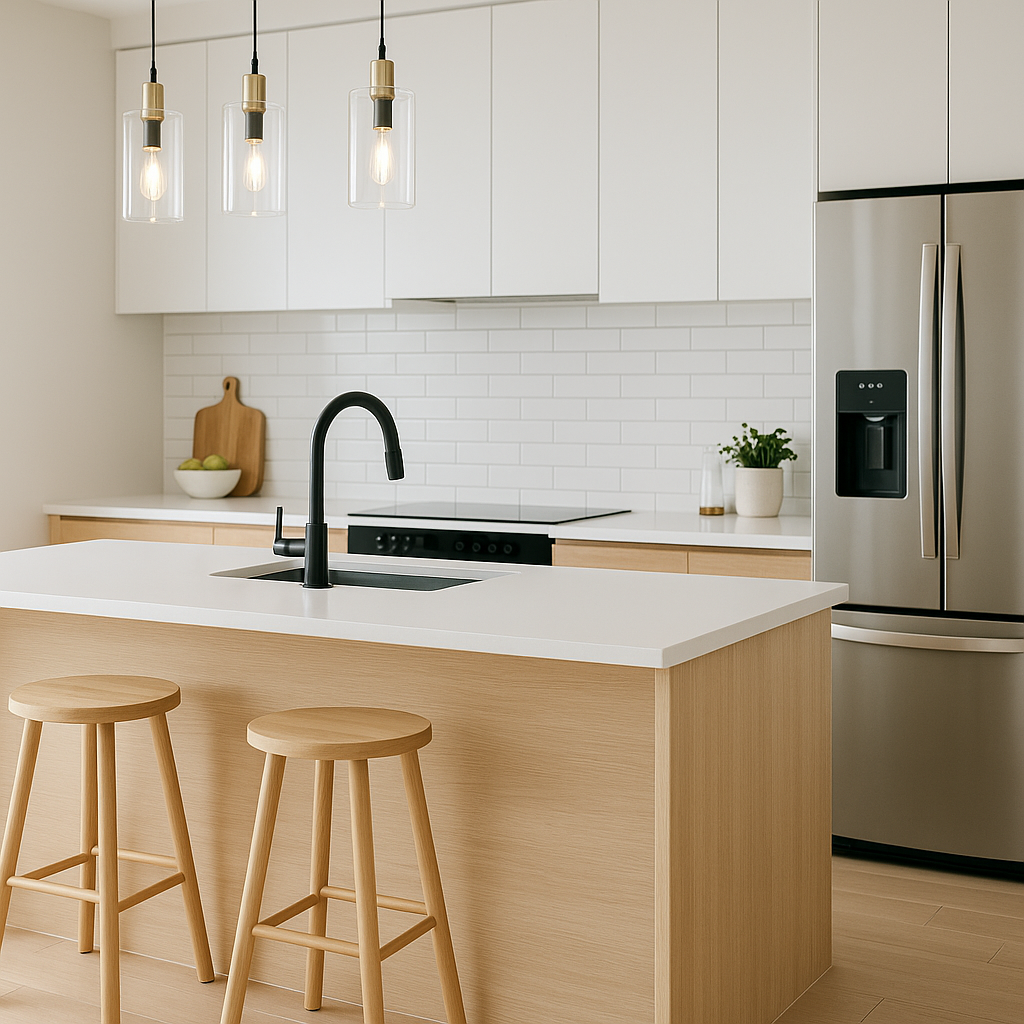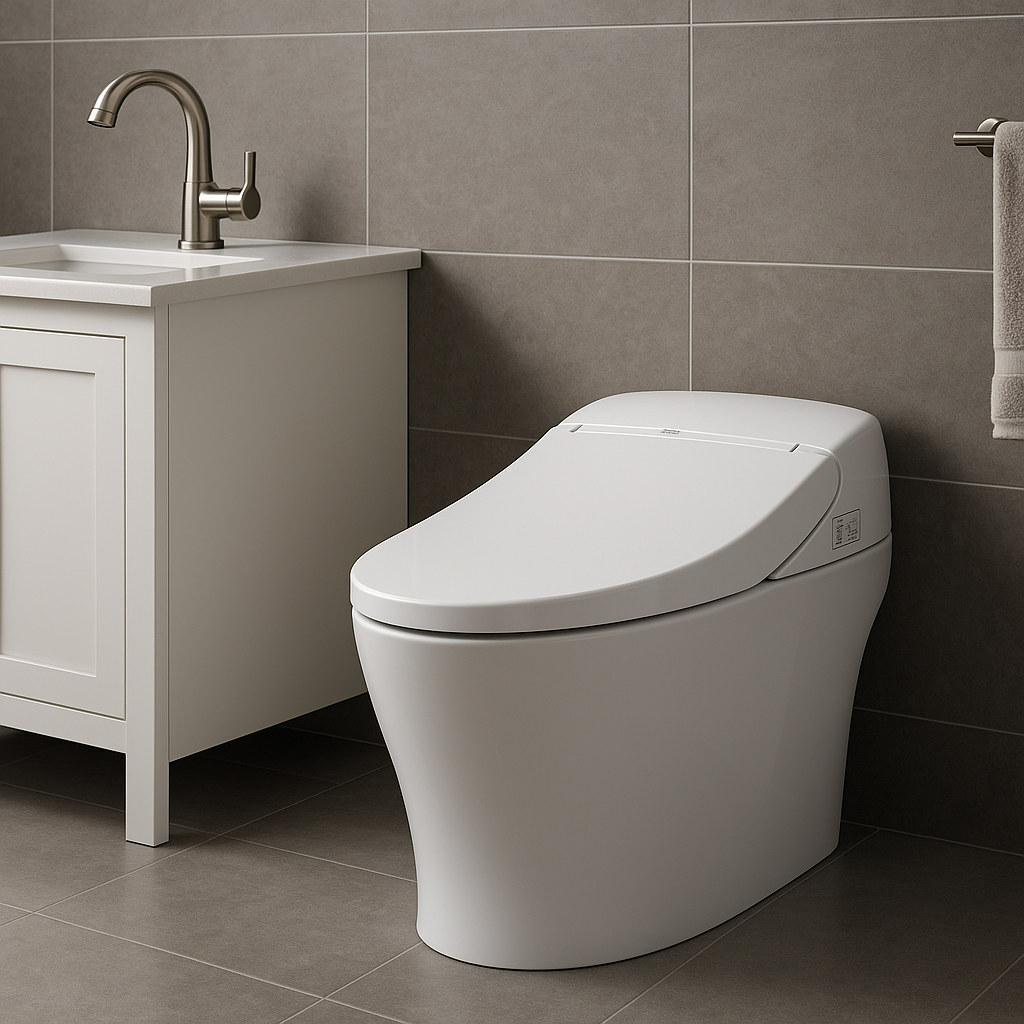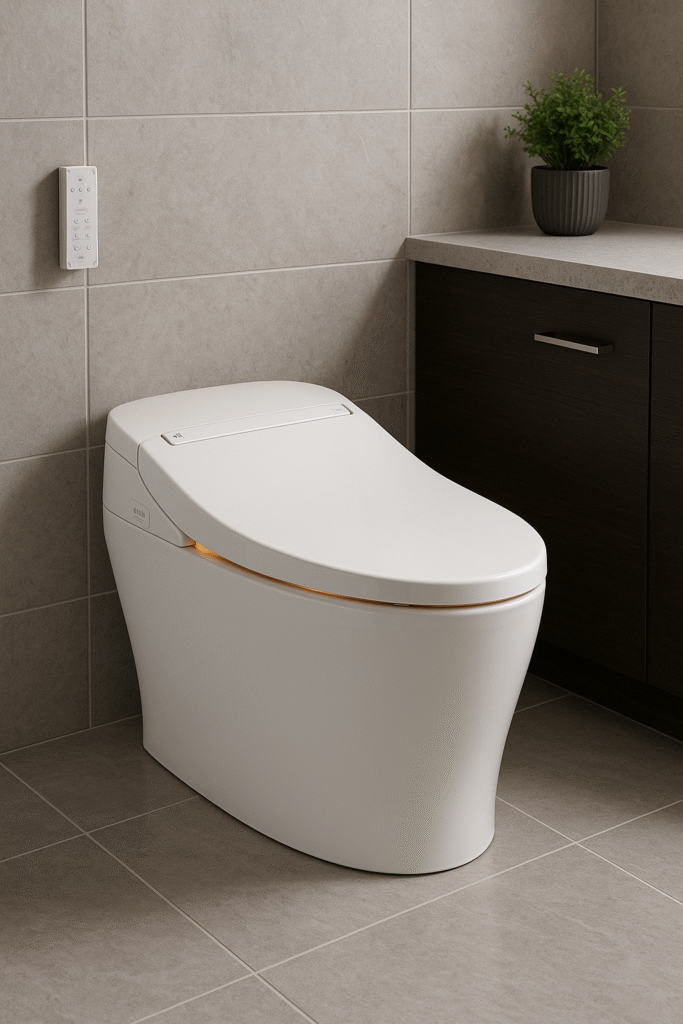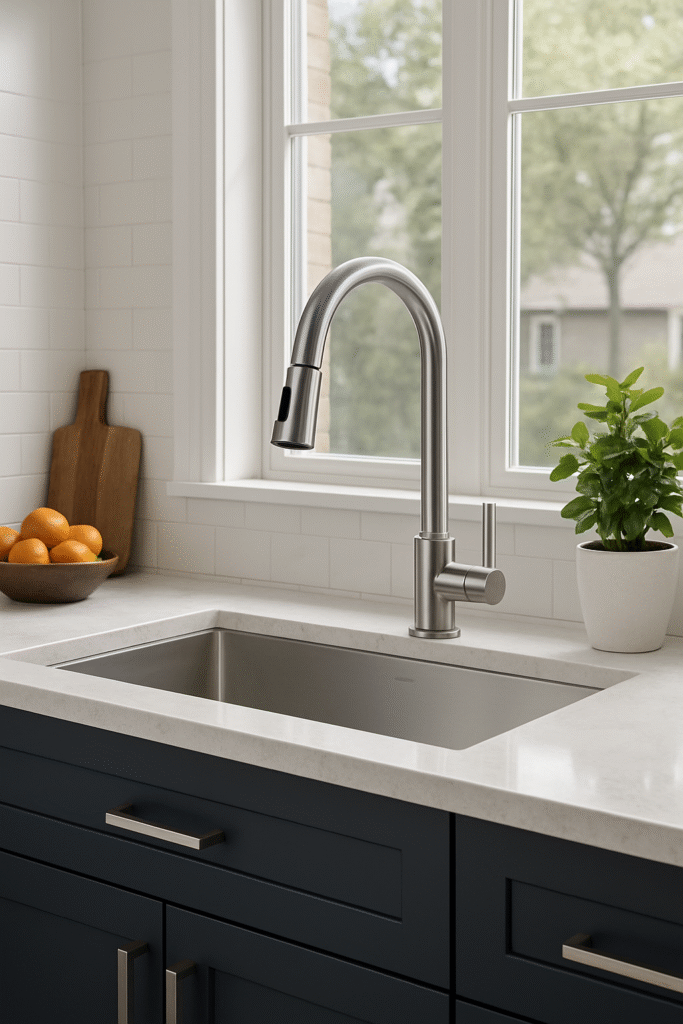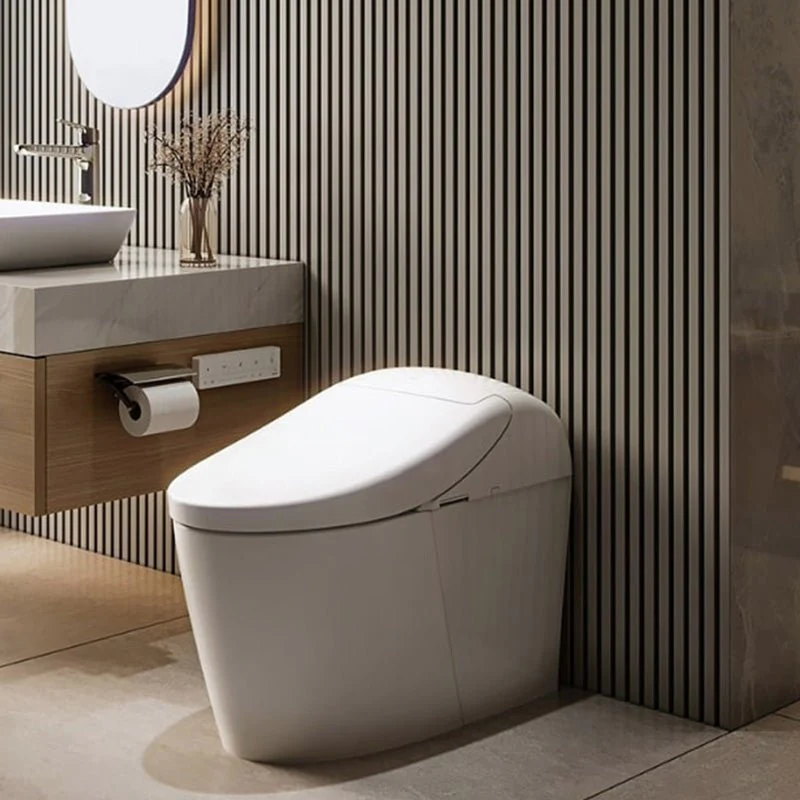Do Smart Toilets Really Save Water? Canadian Homeowners’ Guide
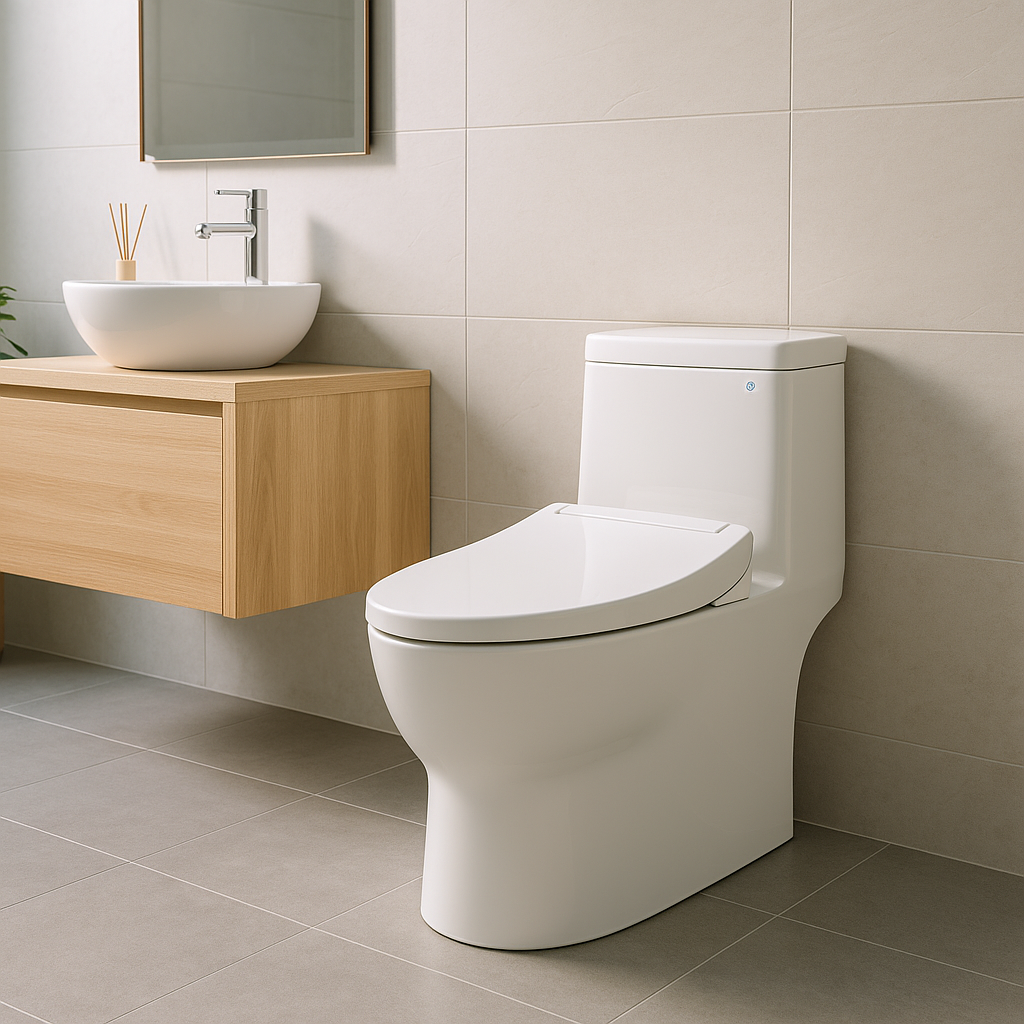
For decades, toilets have been one of the most water-hungry fixtures in Canadian homes. Traditional toilets used up to 13 litres of water per flush, which added up to thousands of litres wasted each year. With rising water bills and growing environmental awareness, Canadian homeowners are looking for alternatives that balance comfort, hygiene, and efficiency.
This is where smart toilets come in. Known for their sleek design, integrated technology, and luxury features, smart toilets are often associated with convenience. But beyond luxury, they also promise real savings—especially in terms of water usage. In this guide, we’ll explore whether smart toilets actually save water, why they matter for Canadian households, and what you should consider before making the switch.
The Evolution of Toilets in Canada
Canadian plumbing standards have changed significantly over the years:
Pre-1990s toilets: Used 13 litres per flush
Post-1990s low-flow toilets: Reduced to 6 litres per flush
Modern dual-flush toilets: Around 4.8 litres per flush
Smart toilets: As little as 3–4 litres per flush
This evolution shows how much innovation has focused on water conservation, and smart toilets represent the latest step forward.
How Smart Toilets Save Water
Smart toilets are designed with sustainability in mind. Here are some ways they minimize water usage:
1. Dual-Flush Technology
Most smart toilets offer a choice between a full flush (for solid waste) and a half flush (for liquid waste). This alone can save thousands of litres annually.
2. Pressure-Assisted Flushing
Instead of relying solely on gravity, some smart toilets use pressurized systems, which allow for a more powerful flush with less water.
3. Leak Prevention Sensors
One of the most common causes of water waste is unnoticed toilet leaks. Smart toilets are equipped with leak detection technology, alerting homeowners before significant water loss occurs.
4. Bidet Integration
By including bidet functions, smart toilets reduce reliance on toilet paper. While this doesn’t directly save water from flushing, it reduces the water-intensive production of toilet paper—an eco-friendly bonus.
Why Water Savings Matter in Canada
Canada is known for its abundance of fresh water, but rising utility bills and environmental policies are making water efficiency a priority.
Urban Water Bills: In cities like Toronto, Richmond Hill, and Aurora, water bills are steadily rising. Smart toilets help homeowners offset these costs.
Environmental Responsibility: Canadians are increasingly eco-conscious, and investing in water-efficient fixtures aligns with sustainable living goals.
Winter Plumbing Concerns: With frozen pipes and high winter utility usage, smart toilets ensure efficiency without compromising comfort.
Comparing Smart Toilets vs. Traditional Toilets
| Toilet Type | Average Flush Volume | Annual Water Use (per person) |
|---|---|---|
| Old 13L Toilet | 13 L | ~24,000 L |
| Standard Low-Flow (6L) | 6 L | ~11,000 L |
| Dual-Flush (4.8L avg.) | 4.8 L | ~8,700 L |
| Smart Toilet (3–4L avg.) | 3.5 L | ~6,300 L |
Result: Smart toilets can save over 15,000 litres of water per person annually compared to older models.
🚽 Ready to save water and upgrade your bathroom? Visit Aquarina.ca to explore our collection of smart toilets designed for Canadian homes.
Extra Benefits Beyond Water Savings
Smart toilets aren’t just about conservation—they bring comfort and modern living into your home:
Heated Seats: A must-have during Canadian winters
Automatic Lid Opening/Closing: Touch-free and hygienic
Air Dryers: Reducing reliance on paper products
Built-In Deodorizers: Keeping bathrooms fresh
These features create a spa-like experience while maintaining practicality.
Cost vs. Long-Term Savings
Smart toilets are more expensive than standard models, typically costing $1,500–$3,000 compared to $300–$600 for a basic toilet. However, Canadian homeowners often justify the price because:
They save on water bills over time
They reduce toilet paper costs
They increase property value during resale
In areas with strict water efficiency codes, like Ontario, these toilets also meet or exceed regulations, adding peace of mind.
Installation Considerations in Canada
Before upgrading to a smart toilet, consider:
Power Source: Many smart toilets require an electrical outlet nearby.
Professional Installation: For proper plumbing and wiring, professional setup is recommended.
Space: Smart toilets are often larger, so ensure they fit your bathroom layout.
💧 Invest in your home, your comfort, and the planet—shop water-saving smart toilets today at Aquarina.ca.
FAQs
1. Do smart toilets really lower water bills?
Yes, they use less water per flush, leading to long-term savings.
2. Are smart toilets good for small bathrooms?
Yes, compact models are available for smaller spaces.
3. Do they need special plumbing?
Not usually, but some models require a nearby electrical outlet.
4. Are they reliable in Canadian winters?
Yes—heated seats and anti-freeze features make them winter-friendly.
5. What’s the lifespan of a smart toilet?
With proper maintenance, 10–15 years or more.

